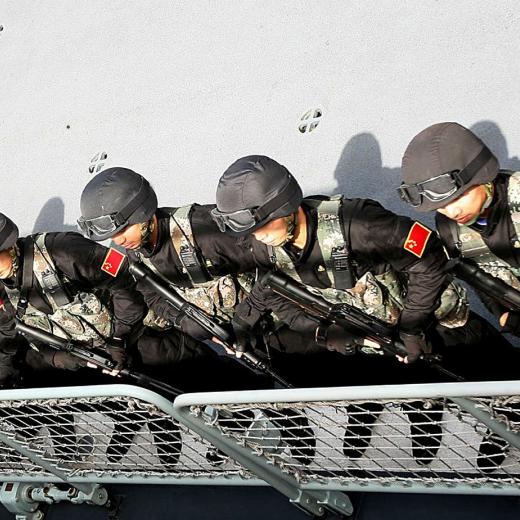BLUF
This article examines the Antarctic Treaty System 60 years on and suggests options to protect Australia’s interests in the region.Summary
This year, the Antarctic Treaty System (ATS) celebrates its 60th anniversary. The ATS began with 12 signatories in 1961 and has now risen to 54. However, strategic studies expert Elizabeth Buchanan claims the ATS has become full of:
'.......subversion, deception and sophisticated interpretations of international legal norms.'
Buchanan believes that for the ATS to survive another 60 years, signatories need to grasp the entrenched nature of their grey-zone activities'*. Upholding the ATS is in Australia's national interest because it prevents nations from claiming parts of Antarctica and using military force to support their claims.
Buchanan suggests three avenues to protect our national interests there:
- Strengthen the ATS by inserting new rules of engagement
- Relax the ATS and allow limited resource extraction.
Push for the elusive UN world park status for Antarctica.
*Grey-zone activities include fishing vessels operating in Antarctic protected waters, providing false location signals.
References
- Jan 2021 Forbes New Polar Strategy Must Focus On China’s Long March To Antarctica
- Feb 2021 Lowy Institute Eyes on the Prize: Australia, China, and the Antarctic Treaty System
- Jun 2021 The Conversation The Antarctic Treaty is turning 60 years old. In a changed world, is it still fit for purpose?
- RAAF RUNWAY: RATIONALE, GUIDELINES, LEARNING OUTCOMES, ETC |





